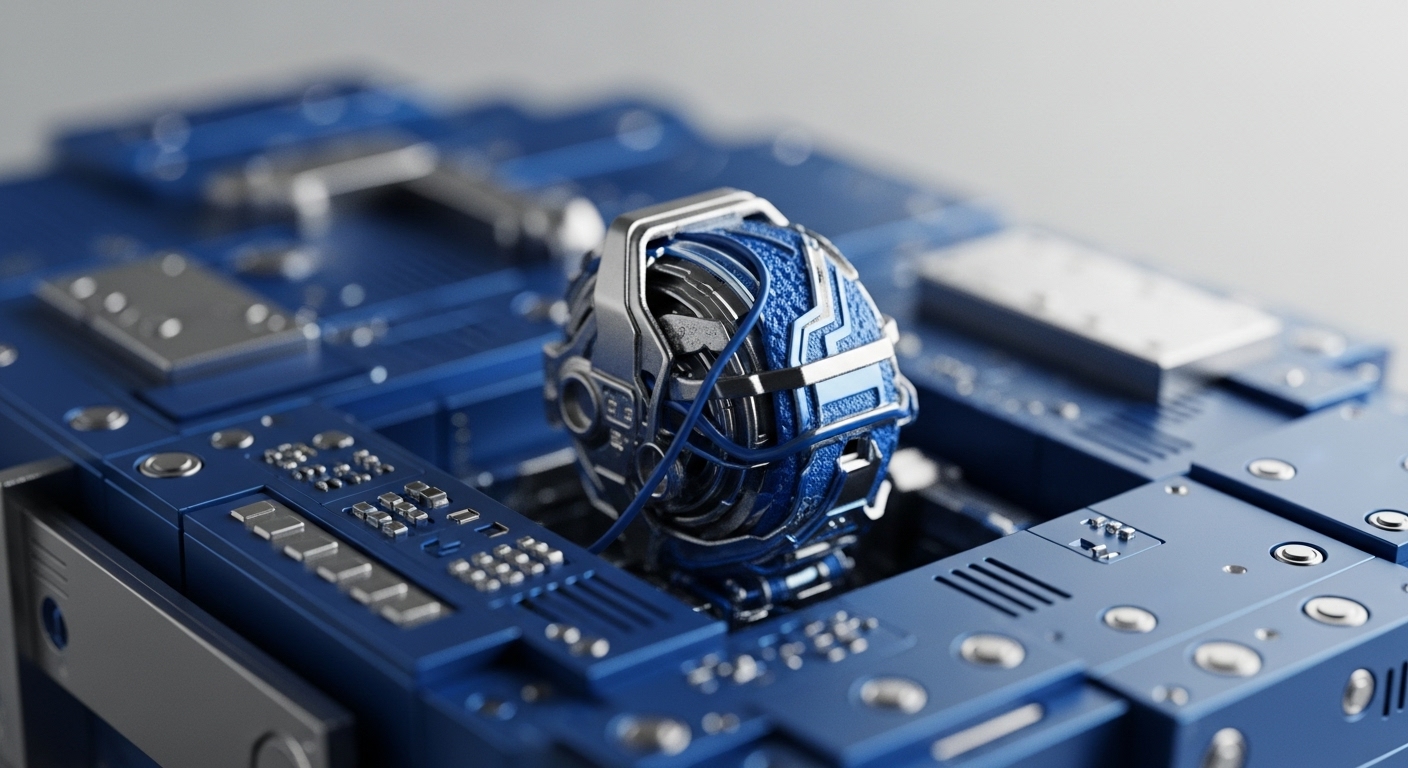
Briefing
StartEngine, a leading U.S. equity crowdfunding platform, has initiated the tokenization of over 400 companies and funds, a move that immediately validates the institutional-grade compliance and scale of the Real-World Asset (RWA) vertical. This action provides a clear blueprint for migrating private market assets on-chain, transforming traditionally illiquid investments into programmable, tradable digital securities. The project’s commitment to the ERC-1450 standard, which enforces investor identity and transfer restrictions, directly addresses the regulatory friction points that previously siloed these assets. The immediate scale of this shift is quantified by the more than $3 billion worth of digital securities being brought onto the blockchain.

Context
The traditional private equity and crowdfunding landscape has long been defined by significant user friction, including high barriers to entry, protracted settlement times, and a complete lack of secondary market liquidity. Before this initiative, RWA tokenization was often viewed as an experimental concept, limited to smaller, non-compliant assets or focused solely on real estate. The prevailing product gap was a lack of a proven, large-scale framework that could handle the regulatory complexity and volume of a major jurisdiction’s digital securities market. This friction prevented the trillions of dollars in private capital from leveraging the transparency and efficiency of decentralized rails.

Analysis
This event fundamentally alters the application layer by establishing a robust, compliance-first digital ownership model. The adoption of the ERC-1450 token standard is the core system change; it is engineered for digital securities, allowing for on-chain enforcement of regulatory rules like whitelisting, transfer restrictions, and investor accreditation. This chain of cause and effect is simple ∞ the compliant token standard unlocks institutional comfort, which then allows the migration of high-value, regulated assets.
Competing protocols focused on non-compliant or non-securities RWA must now adapt to this compliance-centric framework to capture a share of the private markets. The traction is gained because the platform is solving a core business problem ∞ liquidity for private assets ∞ using the blockchain as an efficiency layer.

Parameters
- Tokenized Asset Value ∞ $3 Billion. The total value of private company shares and funds being tokenized onto the blockchain by the platform.
- Asset Count ∞ Over 400. The number of distinct companies and funds being converted into digital securities.
- Token Standard ∞ ERC-1450. A token standard specifically designed for compliant digital securities, enabling on-chain regulatory controls.

Outlook
The immediate strategic outlook is the rapid forking of this compliance-first model across other jurisdictions and asset classes. This new primitive ∞ the compliant, liquid digital security ∞ is poised to become a foundational building block for a new wave of DeFi applications. Future dApps will leverage these tokenized assets as collateral for lending, as components in structured products, or as the basis for decentralized secondary trading venues. The next phase involves integrating these compliant tokens into major Layer 1 and Layer 2 ecosystems, making them accessible to a global user base while maintaining the regulatory guardrails.

Verdict
This mass tokenization of regulated private equity decisively validates the Real-World Asset vertical’s transition from an experimental concept to a compliant, institutional-grade infrastructure layer for global capital markets.
